June 5, 2017
Podcast: Is universal basic income a Utopia for realists? 0
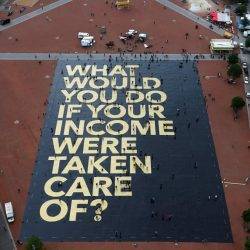 At his recent Harvard commencement ceremony, Facebook founder Mark Zuckerberg addressed the issue of universal basic income. In his speech he articulated the underlying premise of basic income as a way of redefining our relationship with work and society. “Every generation expands its definition of equality. Now it’s time for our generation to define a new social contract,” Zuckerberg said. “We should have a society that measures progress not by economic metrics like GDP but by how many of us have a role we find meaningful. We should explore ideas like universal basic income to give everyone a cushion to try new things.”
At his recent Harvard commencement ceremony, Facebook founder Mark Zuckerberg addressed the issue of universal basic income. In his speech he articulated the underlying premise of basic income as a way of redefining our relationship with work and society. “Every generation expands its definition of equality. Now it’s time for our generation to define a new social contract,” Zuckerberg said. “We should have a society that measures progress not by economic metrics like GDP but by how many of us have a role we find meaningful. We should explore ideas like universal basic income to give everyone a cushion to try new things.”








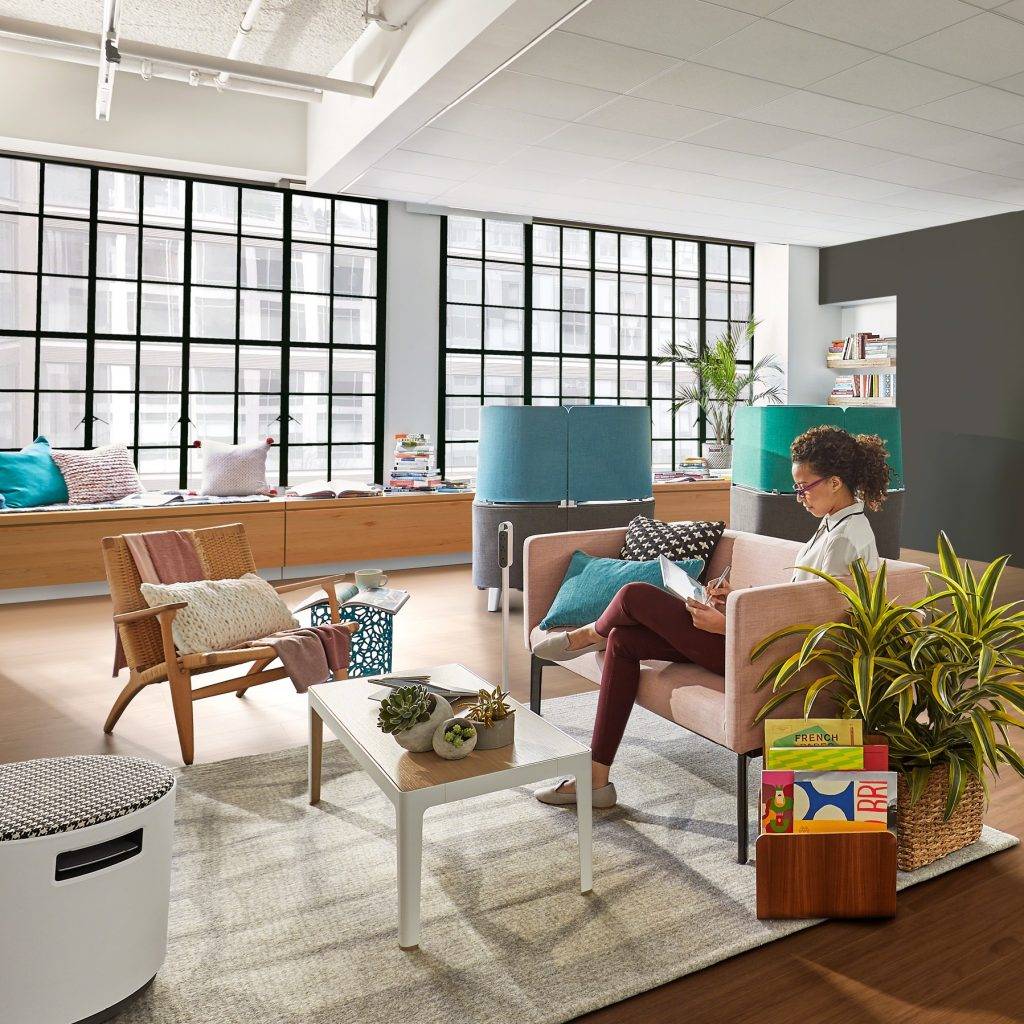
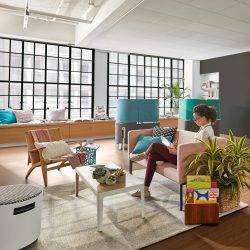
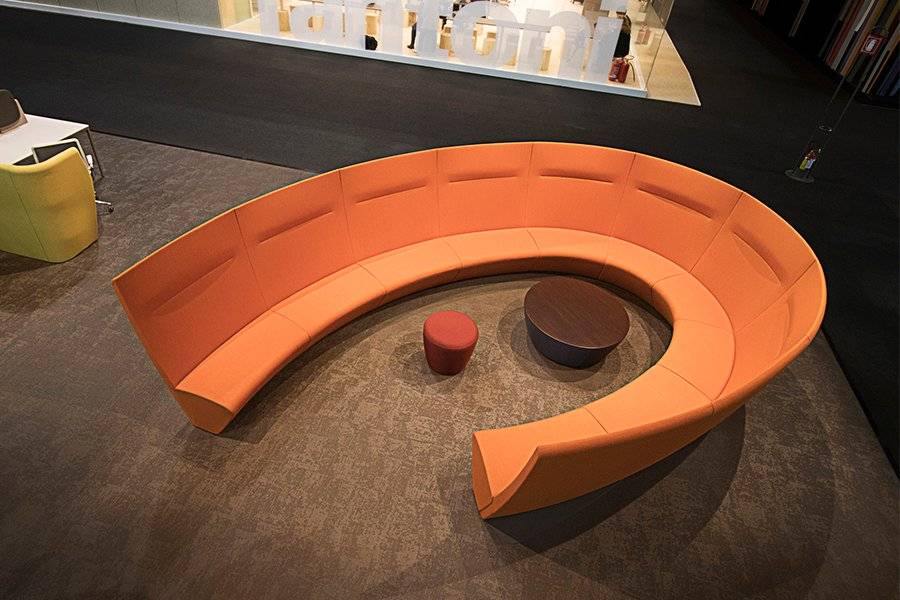
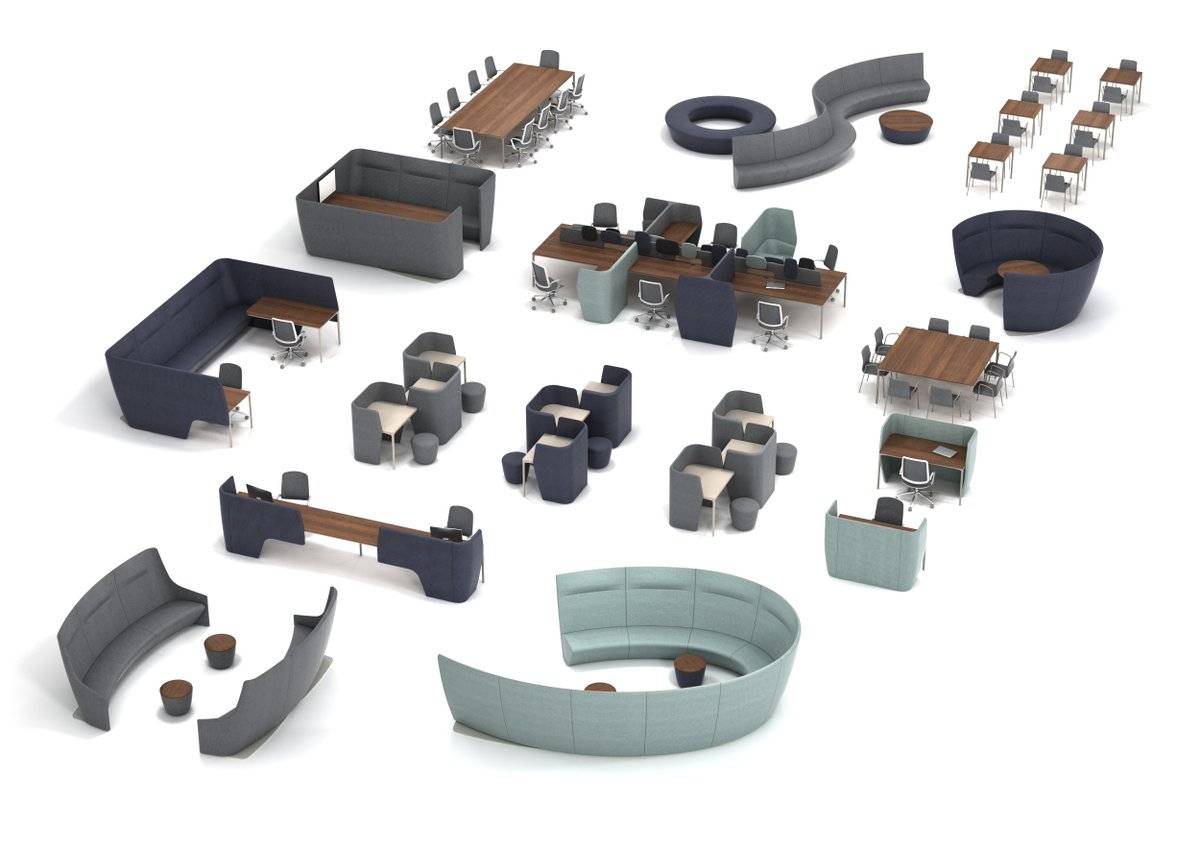
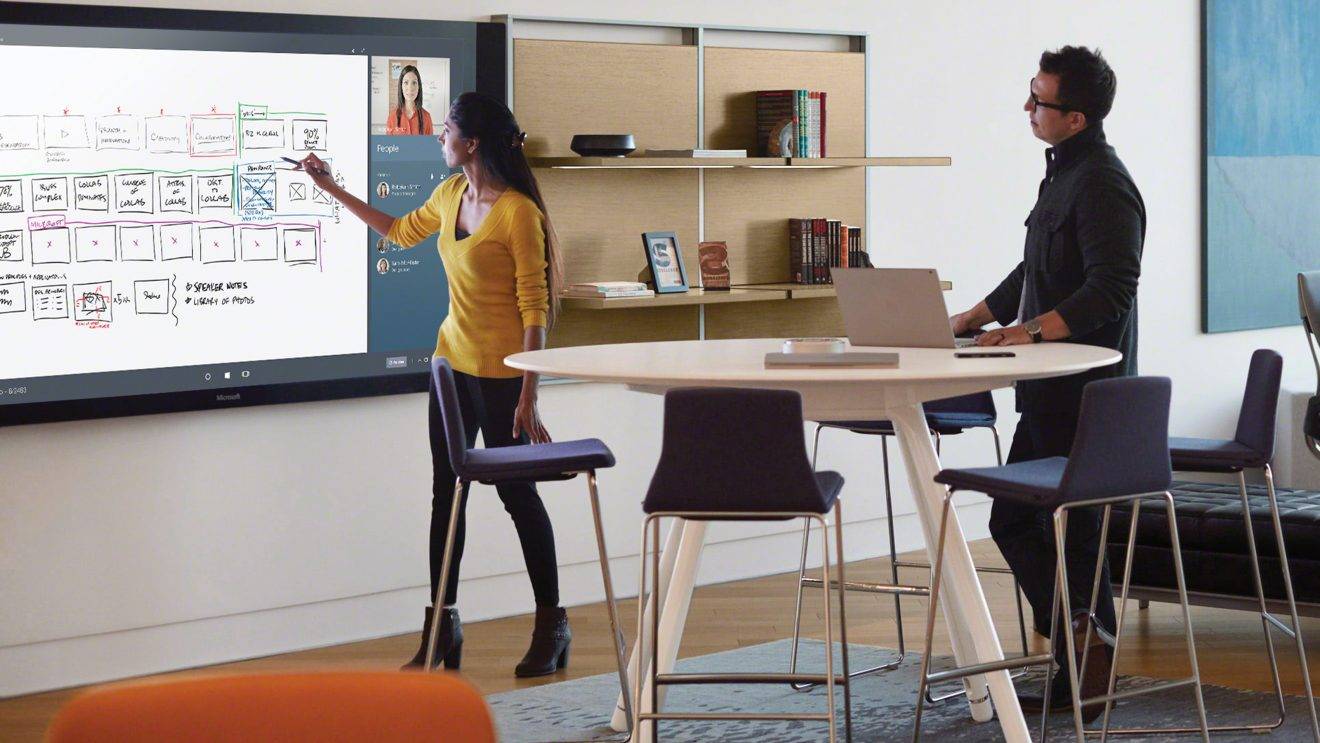

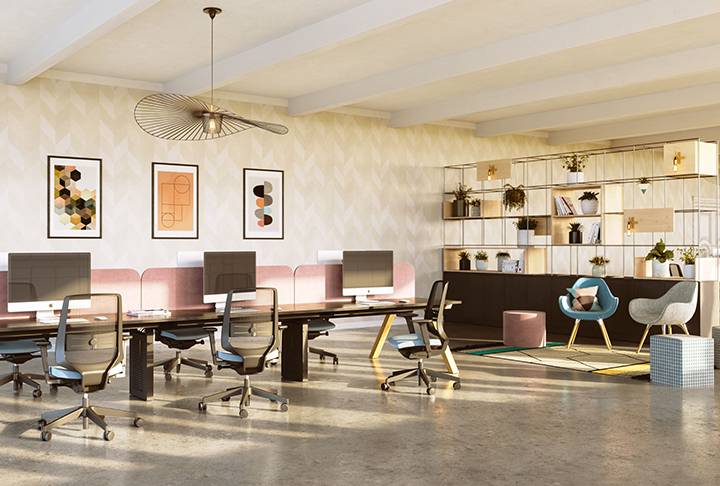
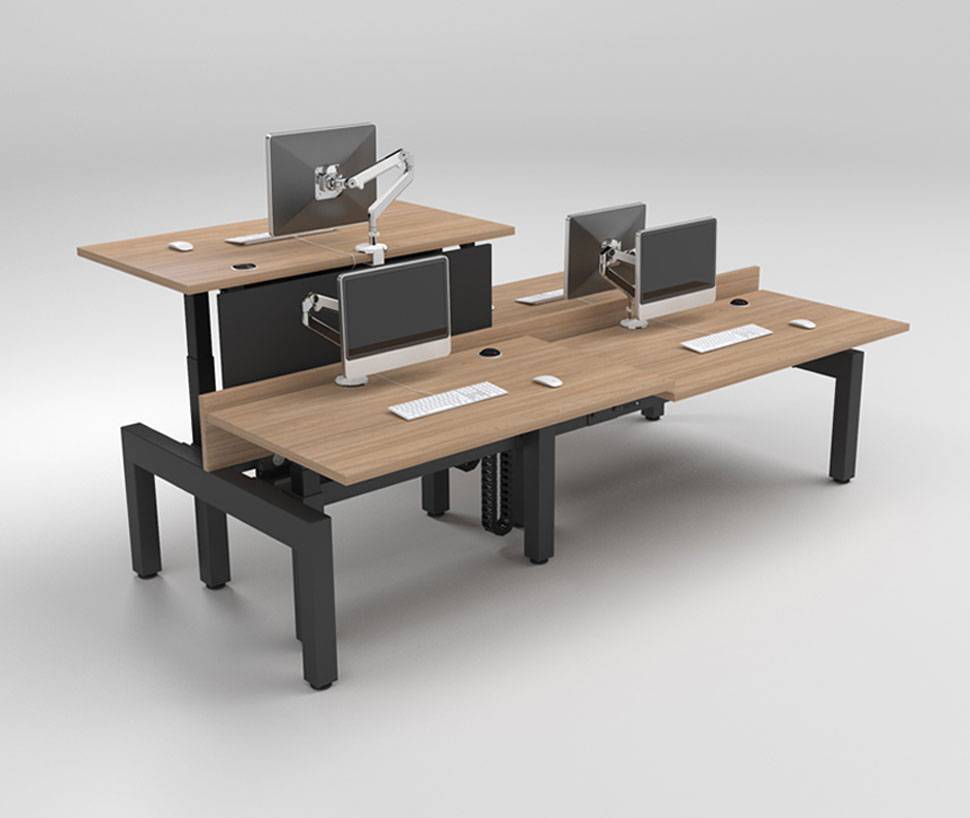



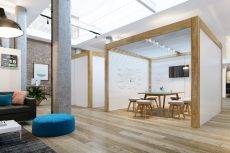

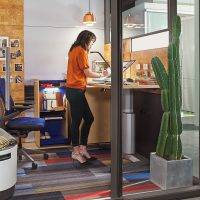
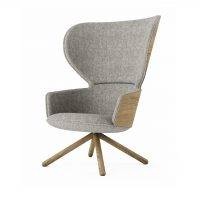
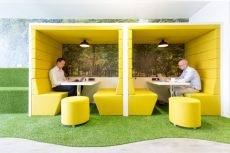



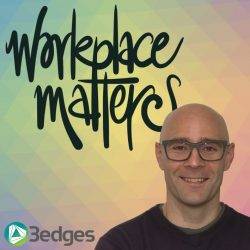
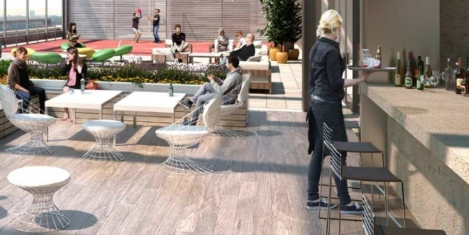







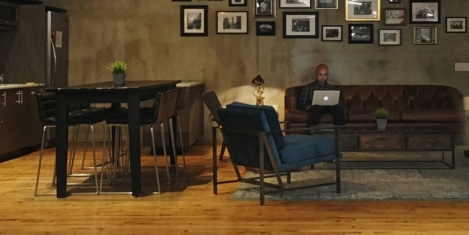

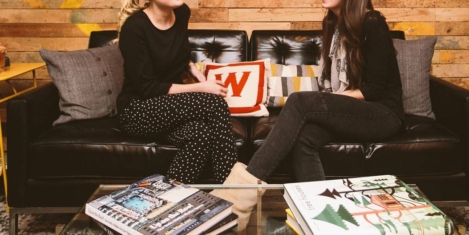










June 8, 2017
Whether you choose order or chaos depends on what you want to achieve
by Mark Eltringham • Comment, Furniture, Workplace design
Chaos gets a bit of a bad rap when it comes to running a business. Yet as Greg Lindsay highlighted in his interview with Insight a while back, chaos is something that many organisations should actively try to harness as a way of fostering the creativity they claim to desire. Certain structures, be they cultural silos, traditions, professional demarcations or the physical walls and storeys of a building inhibit chaos and so restrict interactions and creative processes. So, if you want to achieve what many businesses say they want to achieve, they need to introduce a little anarchy. We’ve known about or suspected the links between harnessed chaos and creativity for a long time. In his 1883 novel Thus Spoke Zarathustra: A Book for All and None, the philosopher Friedrich Nietzsche, writes, “I tell you: one must still have chaos in oneself to give birth to a dancing star.” The same idea has been expressed in many ways, but few of them quite so poetic.
(more…)